Though a decent and reliable product, the SD35 had a relatively short production run: About 400 units (including the SDP35 variation) were built between 1964 and 1966. The venerable 2,500-horsepower model was one more step in the development of the modern six-axle diesel locomotive.
Original high- and low-nose version owners included the Atlantic Coast Line, Baltimore & Ohio, Central of Georgia (Southern Ry.), Chesapeake & Ohio, Central Railroad of New Jersey, Louisville & Nashville, Norfolk & Western, Pennsylvania RR, Southern Ry., Southern Pacific, and Western Maryland railroads.
At least one SD35 (ex-Baltimore & Ohio) and one SDP35 (ex-Seaboard Air Line) have been preserved.
Opening the box
This is a handsome, well-designed O gauge model from MTH Electric Trains.
The pilot has all the detail we’ve come to expect from MTH – brakeman steps, brake and multiple-unit cables, uncoupler arm, drawbridge, and safety chain across the handrails. The steps on the pilot have water drain holes, and the deck has nice safety tread cast in. Both of the step platforms in front of the door and engineer’s window have cast-in latch detail.
This “bloody nose,” as the red-painted front of the Southern Pacific diesels was nicknamed, model has nice detailing, including two steps/grab irons, cast-in hinge and latch detail, marker and twin-beam headlights, a cast-in brake pump, and a piping for traction sand. Oh, let me add that when the SD35 is running, the headlights and strobe make for quite a light show.
The cab face features number boards, lights, and an add-on horn. A bell is just behind the horn. The side windows have frames and simulated mirrors. The front and rear windows have wiper arms. The cab is illuminated and has two crew figures. The MARS light in the middle of the number boards flashes when the locomotive is running forward.
The roof features five see-through exhaust fans, an exhaust for the smoke unit, and 13 lift rings.
The carbody has ample latch and hinge detail. The seams are all deeply defined in the tooling. The three sets of screens along the body are all see-through. The center section (from just in front of the exhaust to just ahead of the third radiator unit) lifts out to reveal the two- to three-rail conversion switches as well as the smoke and sound controls and the battery charger plug.
The rear of the locomotive is SP red and has seven steps/grab irons, backup lights, number boards, and a sand-fill pipe up top. Details on the rear pilot mirror the lead pilot.
The trucks are excellent copies of a three-axle assembly, with nice cast-in detail and add-on brake-line wire details. The center drivers are blind, and two wheels from each wheelset have rubber traction tires mounted.
Although not a particular fan of the Southern Pacific, I’ve always been partial to the railroad’s gray-and-red “bloody nose” paint scheme, and I have fond memories of shooting photos of SP freights rolling through Vandenberg Air Force Base in California.
The model’s paint application was flawless, and the separation between the gray and the lettering on the red painted ends was razor sharp. All the warning signage, such as “Danger 600 volts,” are clear and readable.
The die-cast metal fuel tank (housing the speaker) has a sight gauge and fuel nozzle and a bell mounted just in front of it. One detail I liked was a red highlight around an indentation and the note, “Emergency fuel cutoff.”
On the test track
Operation of this model was a pleasure. The motor operation was smooth and quiet in both directions; the model and its software were totally responsive.
The sound package for this model is great. It is deep and robust, and it suggests real mechanical workings, not just a computer chip reproducing noise. The sound of the air horn is especially pleasing. Of note, when I was running the SD35 at a higher speed and then quickly throttled back, I discovered the sound change of the motors winding down was pretty cool.
Each truck has two power pickups roughly 3 inches apart, and 6 inches between the front and rear truck power pickups.
Our conventional low speed was 3.8 scale miles per hour, and the command-mode slow speed was 3.6 scale miles per hour. Our high-speed average was 72 scale miles per hour.
Drawbar pull for the locomotive was 2 pounds, 2 ounces.
Coil coupler function was fine, and the smoke unit needed to be mostly off to keep the CTT workshop smoke alarm in check!
The SD35 by MTH is another solid product that well represents the early years of the second diesel generation. This O gauge workhorse boasts good looks, impressive pulling power, and a great sound system.
Features: O-36 operation, two can-style motors, coil couplers, ProtoSound 2.0





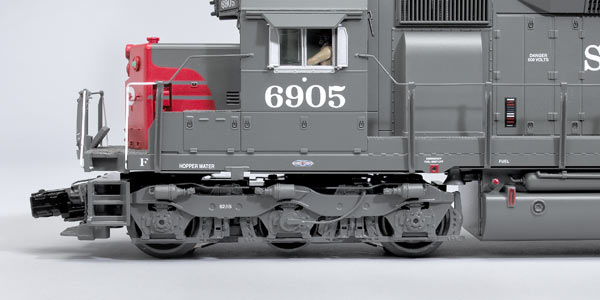

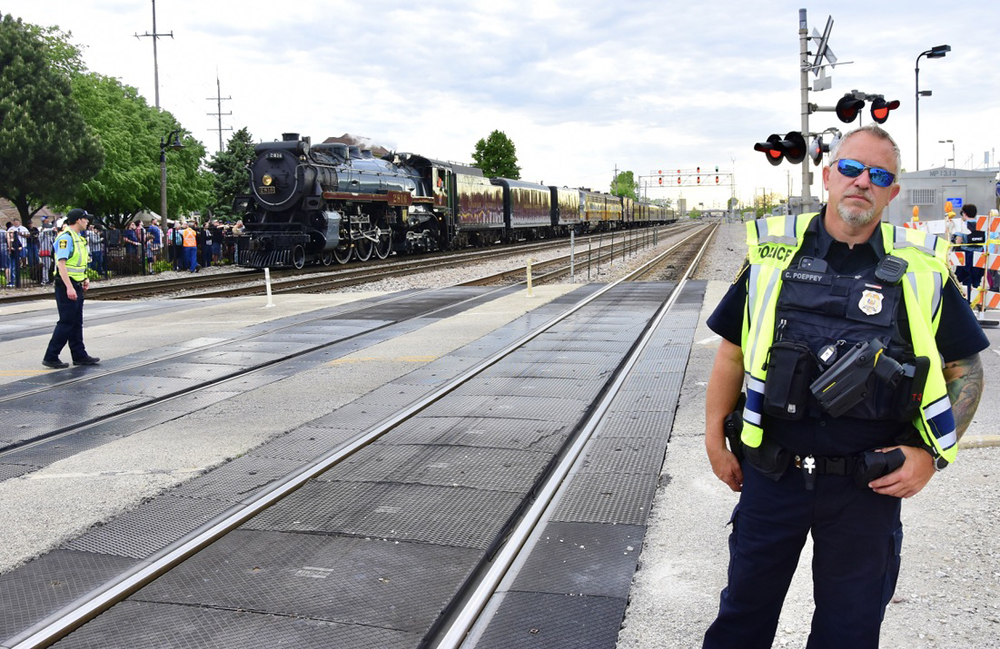
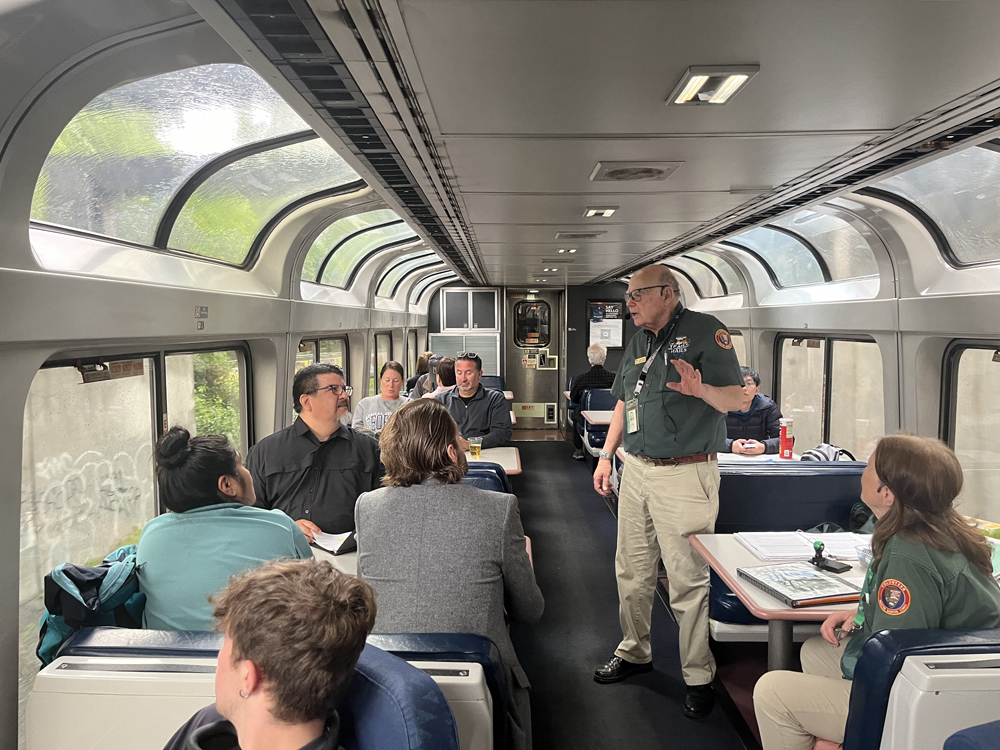
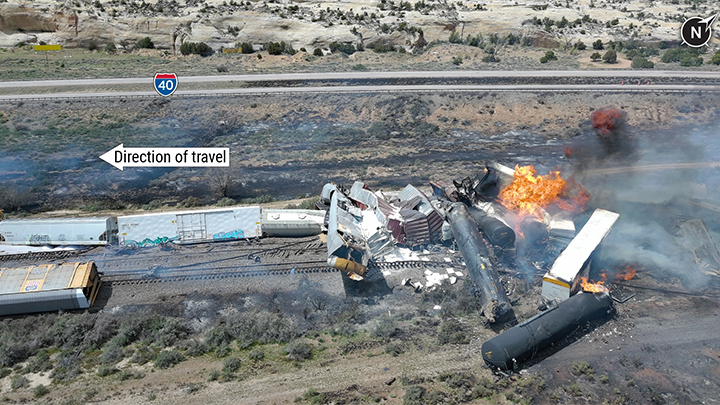
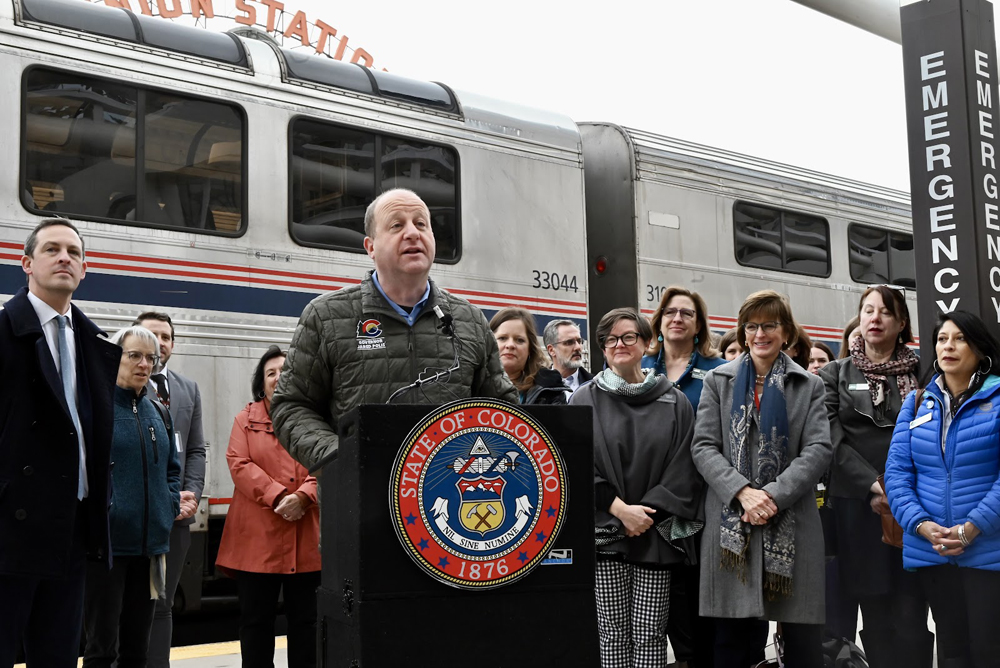




I seem to be full of suggestions tonight. When demonstrating MTH locomotives, would it be possible to play the passenger or freight train announcement sequences? Also, you might want to give a demo of remote control opening of the couplers and point out the smoke coming out of the diesel. A further thought: At some point in the video, could take the locomotive off the tracks to provide a view of the underside. It's interesting — at least to me — to see how the pickup rollers are set up and whether the blind wheels are in the middle of each truck.
Great article lots of info. I'm kinda new to the hobby a RC buff before Trains and I still love RC but after seeing a MTH in action I was hooked on the trains the attention to detail is out of the world. If I had to start all over i would of never got into RC it would of been trains from the start. This is a wonderful hobby and for anyone on the fence about picking up a Train and getting into the hobby I'd have to say quit putting it off you don't know what your missing.
In the video review, Bob made a gaffe "Lionel's DCS command control system" around 2:10